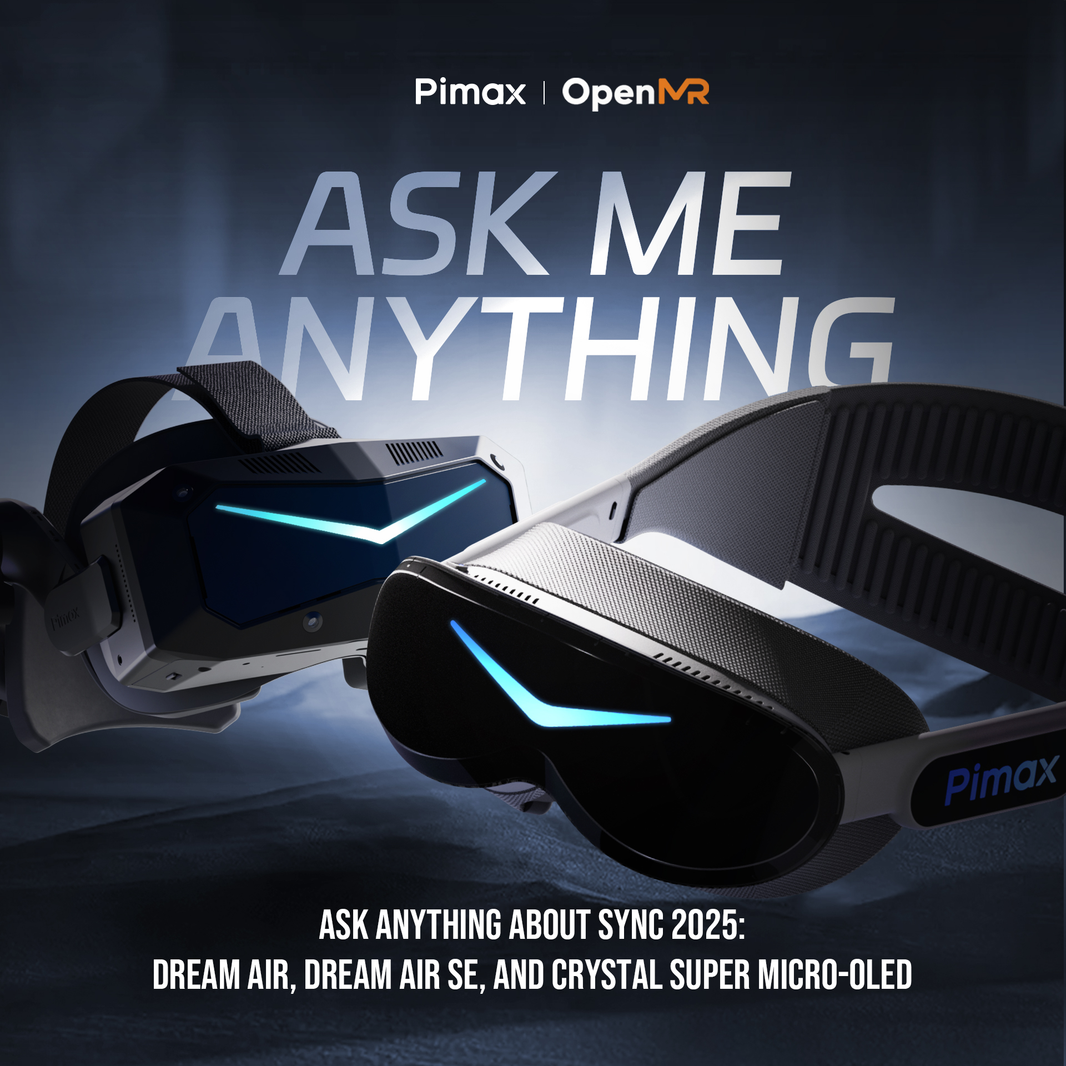How realistic is flight simulation and how can VR help?
Pimax's Joshua sits down for an hour-long conversation with Captain Marlon Choyce , an American Airlines Airbus 320neo captain and avid VR pilot (scroll down for the video).
Why Real Pilots Use Flight Simulators
Modern flight simulators are not only fun, but also great for practicing extreme scenarios like losing engine power. At-home flight simulators can not only run scenarios, but also recreate them by shutting down engines or running out of fuel. If one engine runs out of fuel, pilots can refuel other engines or learn how far the plane can "glide" to the nearest airport. This is more effective in a flight simulator than in the real world.
Flight simulators can also help you choose practice locations, such as approaches to new runways at airports. Microsoft Flight Simulator uses satellite data for location information, which is often manually updated with great accuracy. It also displays real-time weather and traffic information.

Another way modern flight simulators are useful for real pilots is by allowing them to practice and memorize the cockpit layout and all the switches, buttons, and lights. While pilots use "paper tiger" mock-ups of the cockpit, a flight simulator lets you actually operate the switches and see which ones are just indicators, not knobs. Virtual reality, like the Pimax Crystal, is particularly useful. Crystal features glass aspherical lenses and 2880x2880 pixels per eye, making the dashboard crystal clear and easy to read.

Why additional training is always helpful
As Marlon Choice emphasized during the seminar, training can be used to prepare for less common real-life scenarios that you still want to be fully prepared for. For example, if your training fails, how far can you glide to the nearest airport? Marlon said: "Instead of reacting to the situation, you have to rely on your training."
Flight simulators not only allow you to easily recreate real-life scenarios, but airline simulators offer limited time (and are very expensive!) simulators like Microsoft Flight Simulator allow you to get a realistic experience right from the comfort of your own home.
Interview
Why Flight Training Needs a Technology Upgrade
Key Benefits of VR in Flight Simulation
-
Cost-effective: VR significantly reduces the need for expensive physical simulators and in-air training time.
-
Immersive Learning: Trainees experience a lifelike cockpit environment with full 360° visual immersion, improving muscle memory and spatial awareness.
-
Flexible access: VR allows students to train from home or a training center, reducing logistical obstacles.
-
Real-time feedback: Integrated analytics allow instructors to more accurately track student performance and progress.
-
Risk-free environment: You can make mistakes and learn from them without real-world consequences.
Challenges to be overcome
-
Hardware limitations: Not all VR headsets offer the resolution or wide field of view required for realistic cockpit operation.
-
Motion simulation: VR lacks physical movement cues such as G-forces, which are important in the more advanced stages of training.
-
Standardization: The aviation industry needs clearer guidelines and certification for VR-based training modules.








